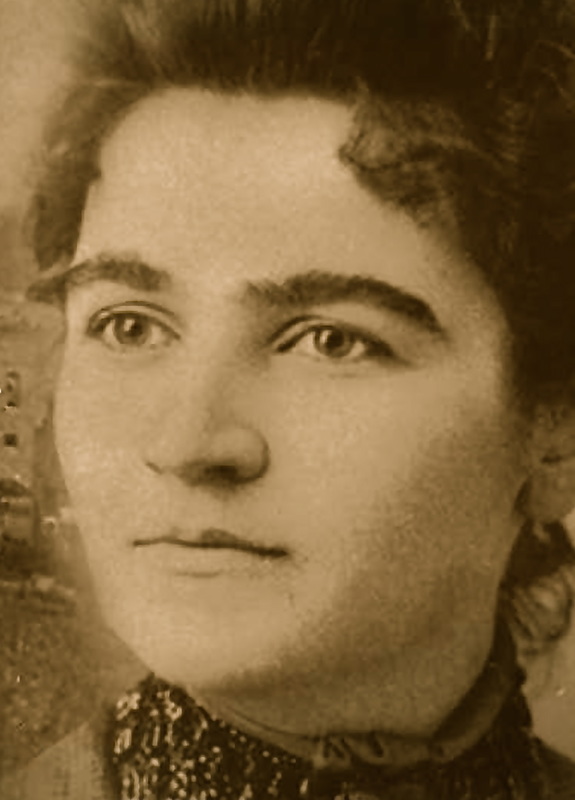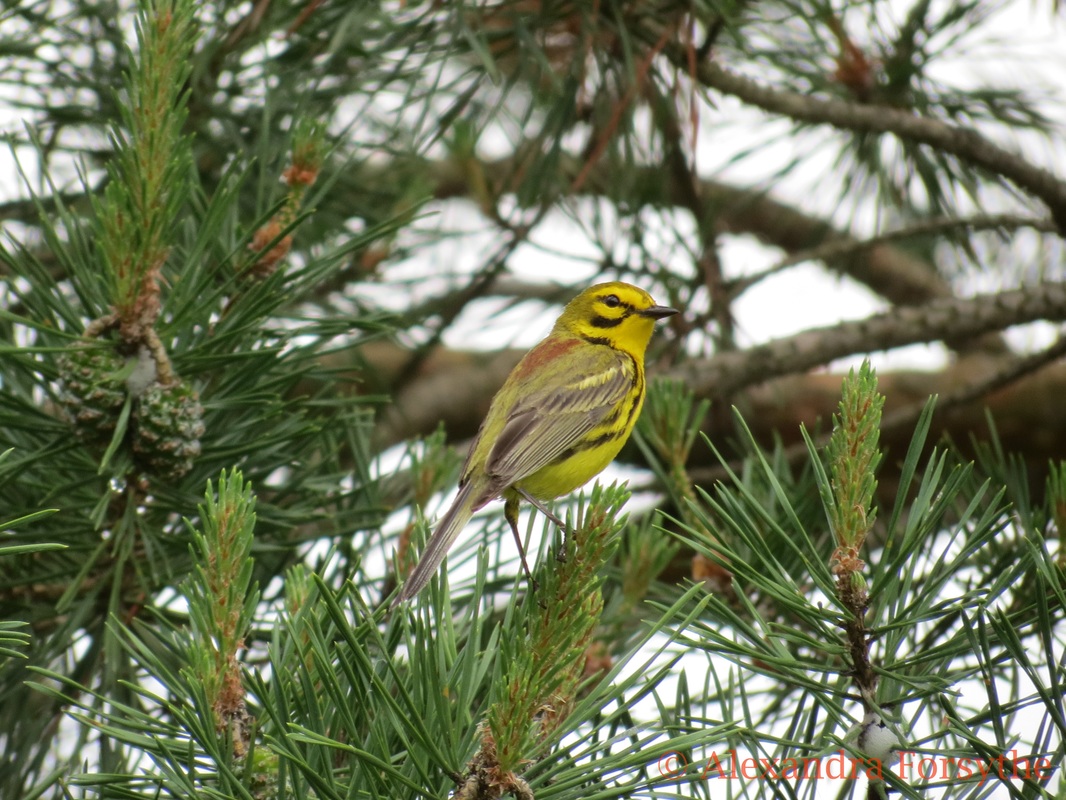Did you know? Limberlost has an abundance of teaching materials for educators, homeschoolers, families, and visitors of every age! Here's the best part: each of these resources is free to use!
Our oldest resource is our website. On the Limberlost website (Limberlost.weebly.com), under the "Resources" tab, we have a "Teachers" page full of information, resources and links. Be sure to check the other pages, like "Alexandra's Outreach", for even more information and lesson plans.
We have a mobile app for android devices, and an interactive ebook for Apple devices, that allow you to go "Birding with Gene". Both are filled with Gene's quotes about her favorite birds and favorite places within Limberlost, Loblolly and Rainbow Bottom.
You can borrow a Birding Backpack filled with equipment and resources from the visitor's center that will help you to trace Gene's steps, and find, identify, and learn about her favorite feathered friends.
The most recent addition to the educational resources collection is the Bird Box. This trunk is filled to the brim with books, worksheets, hands-on activities, and much more. It is equally perfect for use in the classroom or the family room. Appropriate for all ages, experience levels, and learning styles, you'll learn more about Gene, Limberlost, ornithology, and the natural world. Lesson plans are inspired by, and revolve around, Gene's quotes. Call the visitor's center to reserve the box.
Coming soon is the Wetlands Box. This trunk should be completed by the end of September. Similar to the Bird Box, the contents include lesson plans, hands-on activities, and more. The worksheets and activities are ideal for learning about swamps, wetlands and marshes, the importance of these unique habitats, the plants and animals that depend upon them for survival, and the jewel of Northeast Indiana: the lovingly restored Limberlost Swamp.
Call today to learn more about these and our plethora of other learning resources!



 RSS Feed
RSS Feed
